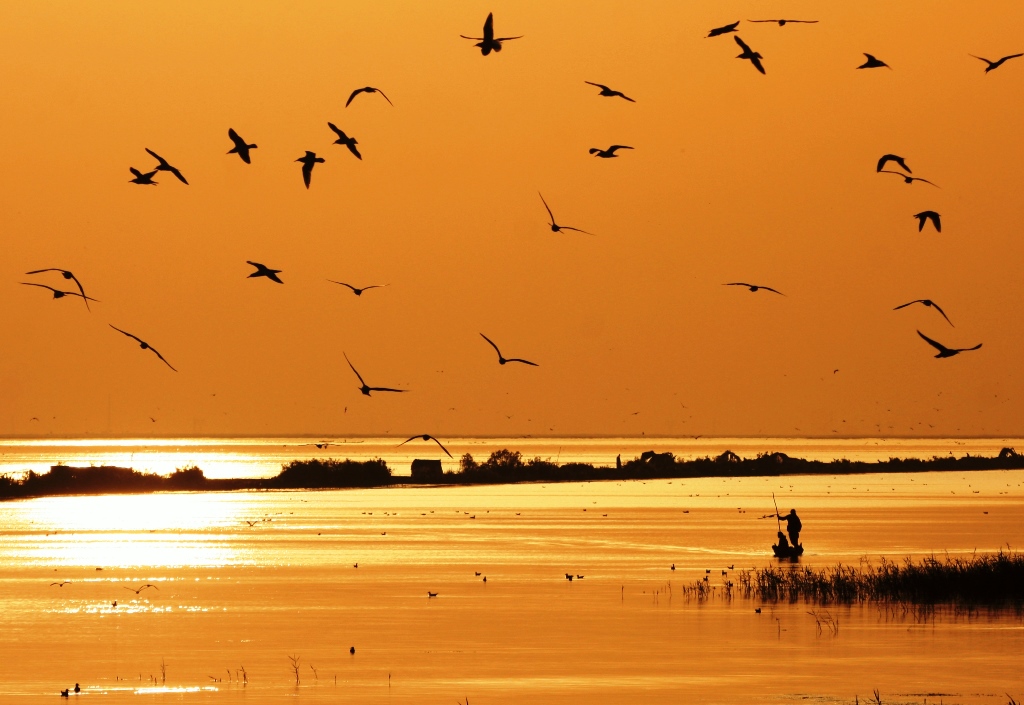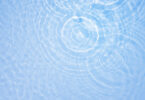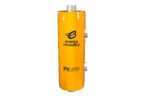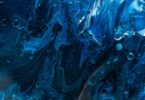One of the world’s most biodiversity-rich areas can be found in Southern Iraq, or the Ahwar, but, like many such ecologically significant areas, it is under threat because of, for example, climate change and water shortages from upstream. RSK Iraq Senior Biodiversity Consultant Mudhafar Salim examines the challenges and shares practical solutions designed to mitigate and overcome climate change damage to this irreplaceable national and global treasure.
Iraq’s location between the cold and warm regions of Eurasia and Africa has created an environment that is ecologically unique. This includes an abundance of diverse wetlands, a habitat that attracts millions of waterfowl and other migrant birds and forms an irreplaceable ring as part of the global migration chain for these species.
One of the key habitats in Iraq is the marshes of Southern Iraq (or the Ahwar). This is considered a valuable biodiversity area with outstanding universal values and is often referred to as ‘the cradle of civilisation’. The Ahwar and the neighbouring Sumerian archaeological sites are located around the confluence of the Tigris and Euphrates rivers. A site of both ecological and archaeological significance, the area forms part of the remains of the Sumerian cities and settlements that developed in southern Mesopotamia between the fourth and the third millennium BC. It is home to unique wetlands, one of the world’s largest inland freshwater delta systems located within an extremely hot and arid environment. Its four natural components are Huwaizah and the Central, East Hammar and West Hammar Marshes. It also demonstrates four out of the ten criteria of the World Heritage Convention: III, to hold testimony to cultural traditions; V, to be an example of traditional human settlement; IX, to be an example of significant ongoing ecological and biological processes; and X, to be a home to the most important and significant natural habitats for conservation of biodiversity. The Ahwar wetlands embody both cultural and natural criteria.

The Ahwar presents a colourful panorama of different types of freshwater habitats within a vast area of more than 2000 km². Among the various flora and fauna, there is a considerable list of breeding, resident and migrant bird species that are considered to be a conservation concern. The area is also home to threatened mammal and reptile species, including the endangered softshell turtle, the vulnerable smooth-coated otter and the endangered short-tailed bandicoot rat. This is in addition to a considerable list of threatened, indigenous and restricted-range fish species. More than 90% of the global breeding population of the endangered Basra reed warbler breeds in or around this area; in addition, the Ahwar is home to some unique resident populations of African species such as the African darter and the Goliath heron. The Ahwar community tries to live a traditional life in harmony with nature that dates backs thousands of years and closely resembles that of their ancestors, the Sumerians.
The Ahwar’s shallow, vulnerable freshwater habitats are now under threat because of the serious water shortage.
Based on results from recent fieldwork, it seems that the seasonal lack of water, attributed to reduced rainfall and damming work upstream, has seriously affected the Ahwar as an important haven for biological diversity. The depleting water supply has become noticeable during the past 10 to 20 years. Large areas that used to hold freshwater throughout the year are now available only seasonally or have become shallow, muddy wetlands with poor water quality. Additional mudflats, crucial to millions of migrating birds, have become dry, leading to the loss of key portions of wintering or passage shelters and foraging areas.
The summer drought affects the growth of the reedbeds and the levels of the shallow water around the marshes, which is an important breeding habitat for the endangered Basra reed warbler. It also affects other resident, conservation-concern and endemic species such as the smooth-coated otter, softshell turtle and other important fish species. Furthermore, the depletion of the local natural resources will impact local communities and their livelihood and stability and threaten their deep cultural heritage.
What can be done to address the challenges to this rich, diverse and globally important area?
Some practical solutions that have the potential to make a significant contribution to climate change mitigation include
- updating the management plan for Ahwar World Heritage property and the national park sanctuary in the Central Marshes
- working with international neighbours on steps to address the Ahwar’s water challenges
- raising awareness with local, regional and national decision-makers on the importance and uniqueness of this area
- documenting traditional knowledge of the Ahwar area
- incorporating the climate change impacts on the Ahwar and other ecoregions into national strategies and the current academic curriculum
- mapping the key areas that hold key populations of threatened species in the Ahwar
- creating sustainable livelihood opportunities for local communities and finding solutions for the causes of their displacement.
Taking steps now to protect ecologically valuable areas such as the Ahwar is essential not only to prevent the loss of our diverse species and habitat but also for the contribution that this conservation makes to our planet as a whole, including its natural and cultural outstanding values. In order to achieve this, we must value and recognise their importance at the highest level to ensure that government policies support this ambition. Equally important is to instil an appreciation for the environment in our children, the future guardians of the Ahwar and precious environments like it around the world.
RSK Iraq Senior Biodiversity Consultant Mudhafar Salim has spent more than two of decades researching, documenting and photographing life in the Ahwar, along with other wonderful natural areas in Iraq, trying to share and highlight their importance and seeking opportunities for their conservation.








